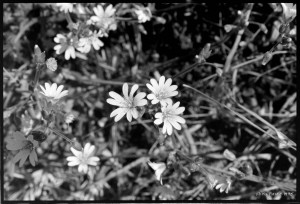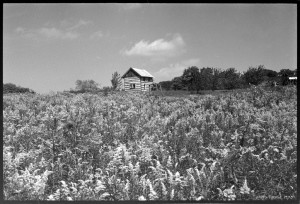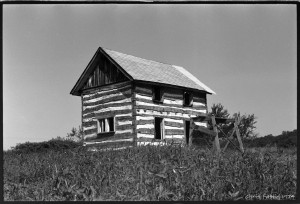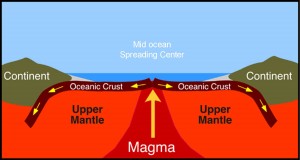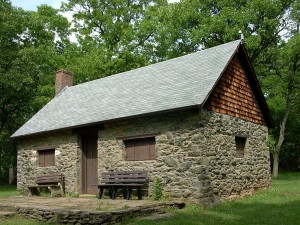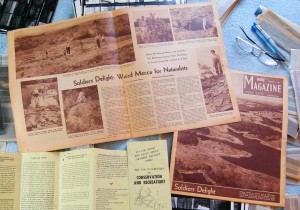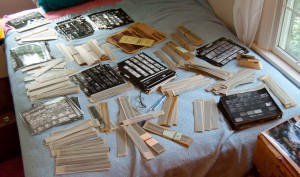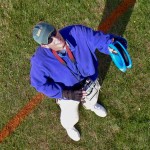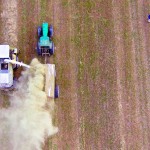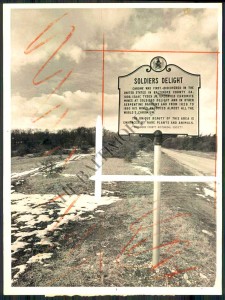
The Maryland Historical Society installed the Soldiers Delight historical marker in 1968. It looks brand new in the 1969 photo from The Baltimore Sun archives, and it appears to be on the west side of Deer Park Road near the overlook. I photographed the marker in 1973 when it appears to be on the opposite side of the road. It also appears to have been repaired after being broken off the post. I found a recent photo from August 2009 showing a completely new sign now back on the west side of the road next to the overlook parking. The wording of the sign has not changed, only the number of paragraphs and the number of spelling errors. Continue reading “Marker historical”

